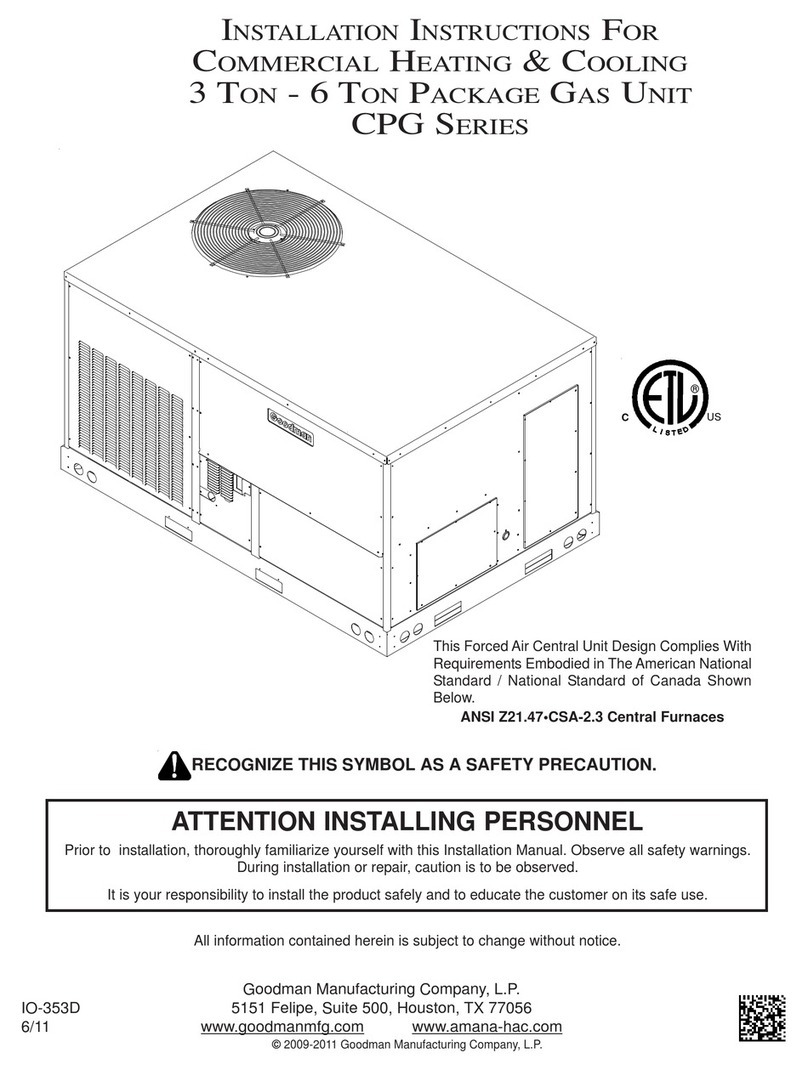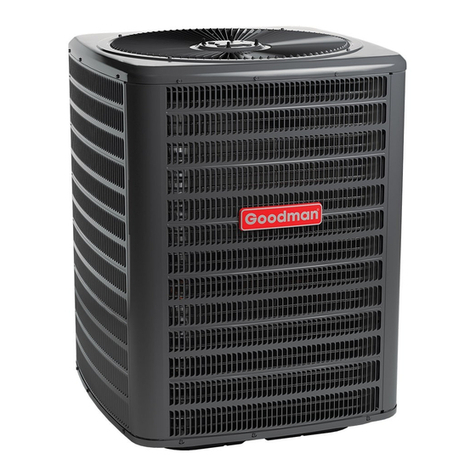8
ADJUSTING AIRFLOW DIRECTION
Adjust the airflow direction prop-
erly; otherwise, it might cause
discomfort or cause uneven room
temperatures.
Adjust the horizontal louver using
the remote control.
Adjust the vertical louver manually.
Adjusting Vertical Airflow Direction (up-
down)
The air conditioner automatically
adjusts the vertical airflow direction in
accordance with the operating mode.
Setting Vertical Airflow Direction
Perform this function while the unit
is in operation. Keep pressing the
AIR DIRECTION button on the remote
control to move the louver to the desired
direction.
Adjust the vertical airflow direction
to the desired direction.
In subsequent operations, press the
AIR DIRECTION button to automati-
cally set the vertical airflow.
Setting Horizontal Airflow Direction (left-
right)
Adjust the vertical louver manually
using the lever on the left or right side
of the vertical louver arm (depending on
model). Take care not to catch fingers on
the fan, horizontal louver, or to damage
vertical louvers. When the air conditioner
is in operation and the horizontal louver
is in a specific position, move the lever
at left (or right, depending on model)
end of the air outlet to the desired
position.
•
•
•
•
•





























